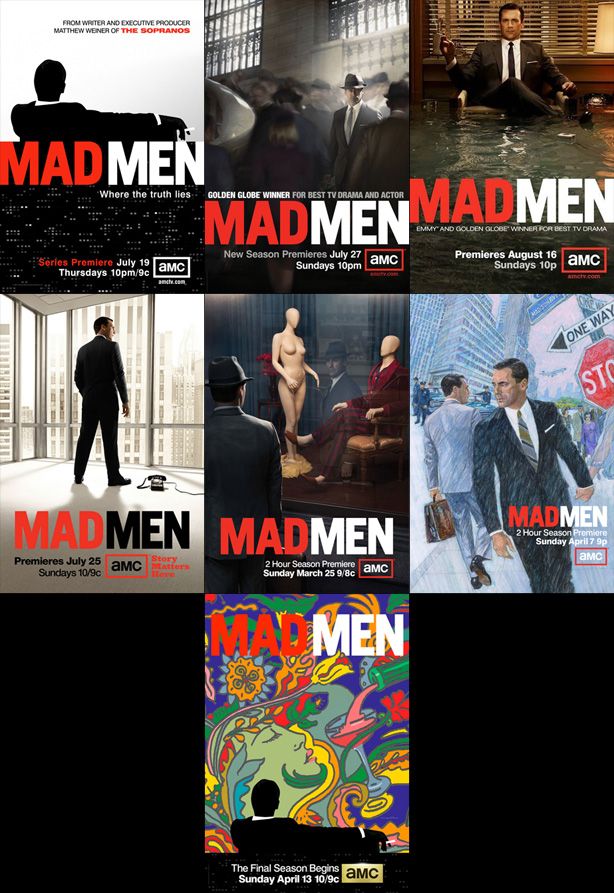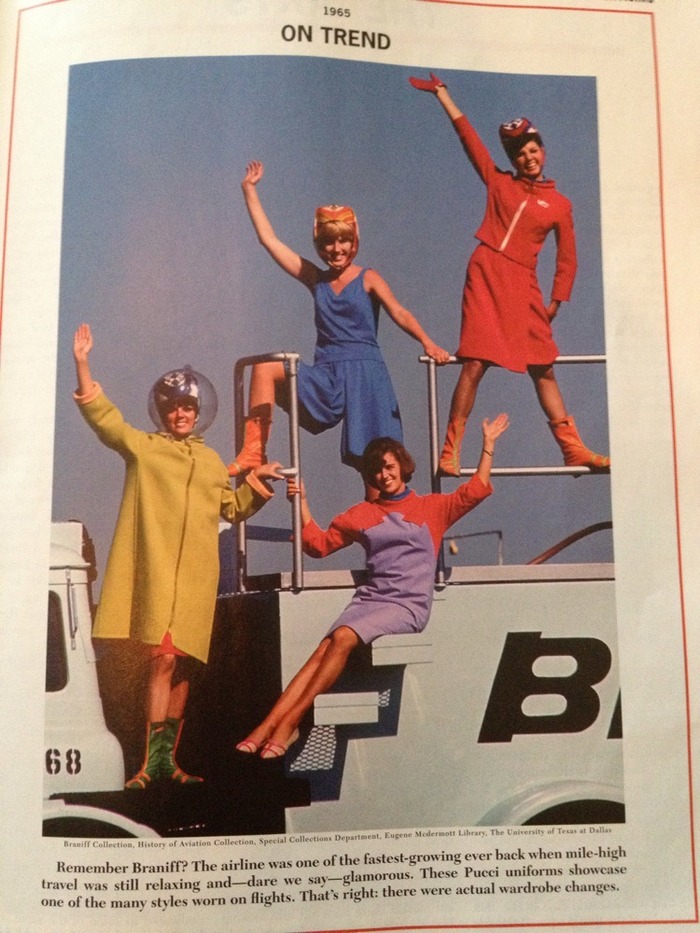

Mad Men is AMC’s critically acclaimed drama about the advertising men who ruled Madison Avenue in the 1960s (and the women who worked and lived with them).
#60s fonts mad men series
This is where the similarity of the real agency world to the Mad Men series is the most similar, a prime example of the Creative Revolution in advertising. Eschewing portrayals of elitism, materialism, authoritarianism, reverence for institutions and other traditional beliefs, ads attempted to win over consumers with humor, candor and, above all, irony. The Creative Revolution found a home in New York at Doyle, Dane, Bernbach, then spread to other NY agencies and beyond, like Leo Burnett in Chicago.ĭepending less on research, advertising turned to its creative instinct. Their new breed of advertising had energy, style, wit and youth. In New York, in the late 1950s and into the 1960s, there was a wave of young art directors and writers from the Bronx and Brooklyn of all backgrounds, nationalities and religions. This became the onset of the Creative Revolution in the ad agency world. Encompassing these revolutionary events, the rise of the youth voice gave birth to the term “Generation Gap.” Change had taken control of the country, despite the resistance of some. In 1963 Martin Luther King presented his infamous, “I Have A Dream” speech. JFK appeared at his inauguration bareheaded thus marking the end of the traditional appearance. The 1960’s were a time of radical change America elected its youngest president in 1962 and explored space at the end of the decade. The Marlboro man (from Leo Burnett Co.), Maidenform woman (Norman, Craig & Kummel) and Hathaway shirt man (Ogilvy & Mather) brought parity products (those with no easily discernible differences from others in the same category) to life and offered such attachments as emotional security, reassurance, creativity and power. Many ad agencies formed motivational research departments, and new brand personalities were born.

Let’s set the stage first with an historical reality check.
#60s fonts mad men tv
So, from those years in the mid 60s, how did these huge agencies compare with the version of the 60s as displayed on the TV show Mad Men. Then pull them home to buy.” He wasn’t as much of a researcher, but still a perfectionist in his own way. His philosophy was “Grab them with the visuals, the ad slogan and the graphics. He would then look up, having missed not one word of the conversation while he was creating, and share his vision with us. His eyes would get larger than usual, his cheeks would redden, his bushy brows would furrow, and he would grab one of his #2’s (pencils) and start sketching something, all while we were talking and sharing ideas. He was quite a character with a mind that just didn’t stop. Burnett didn’t look the part of an ad agency leader, as he was short, bald, be-spectacled and wore crumpled suits. There are no ‘new’ ideas, they are all borrowed and adapted to form ‘newer’ ideas.” Of course, I was crestfallen. His advice, “Don’t let it go to your head. Afterwards, I felt so proud, and once again, he could read my face. He was kind enough to let me speak, and my idea was good, and it was added into the conversation. I remember one time I was in a client meeting with him, and he could see that I was fidgeting because I had an idea. His big lesson to me was ‘research, research, research’…know all you can know about the client and their industry and their market. Ogilvy was British with a wonderful accent, and a perfectionist attitude, all while looking like a business leader, neatly dressed with everything in its place. My second internship was with the Leo Burnett Agency in Chicago (the “mid-western” or Chicago ad philosophy), a different way of marketing and lifestyle with Leo Burnett’s staff.įirst, here’s an inside look at those two agency leaders. Needless to say, I learned a great deal from him. There was a saying about “bringing up the young cubs the ‘Ogilvy Way’”. What a wonderful opportunity to see the ad agency up close and personal. He also mentored me on a few of the accounts. The first internship was with Ogilvy, Benson & Mather in NYC (the “eastern” or NYC ad philosophy), and I spent a lot of time with the staff close to David Ogilvy, the guru of advertising. I got to learn from the two most influential men of their time in the ad agency world. But, when I attended college, during my last 2 years, I was lucky enough to receive two internships to the largest agencies in the world. I did get a peek inside the ad agency world during those years. In the last blog, about being a fashion model, I talked about the years where I was in front of the cameras. Was there a cigarette haze, interoffice intrigue, booze in the office, and those 3-martini lunches? Yup, and I was there! I saw the mix of crazy creativity and glamour.


 0 kommentar(er)
0 kommentar(er)
